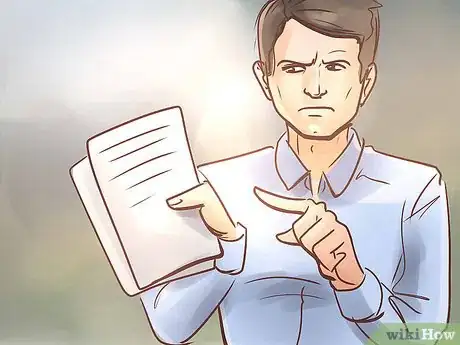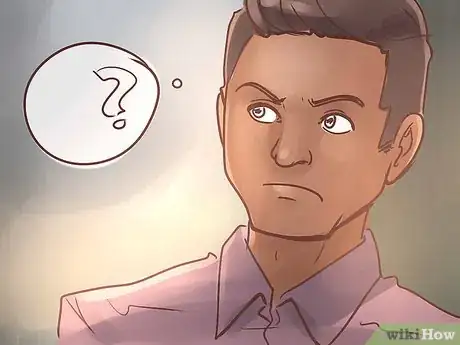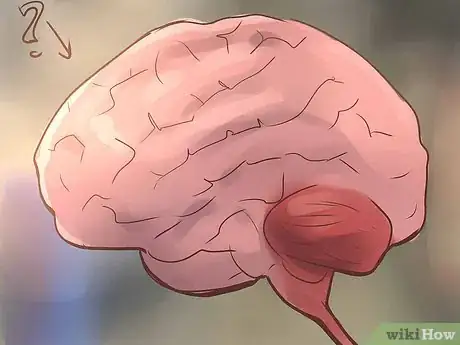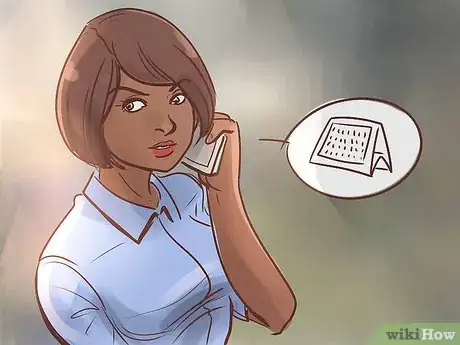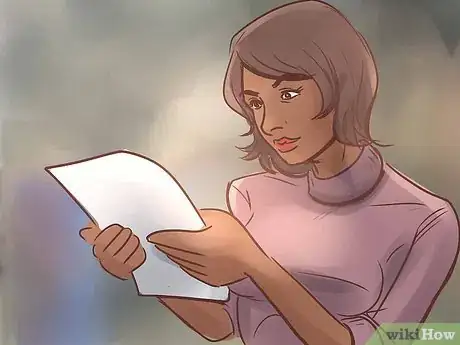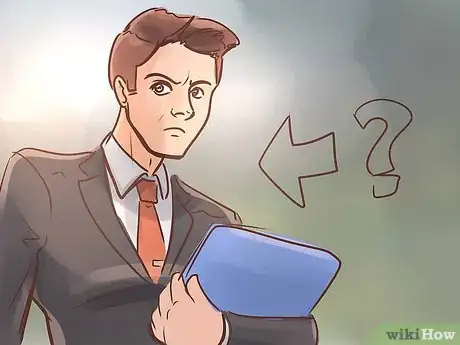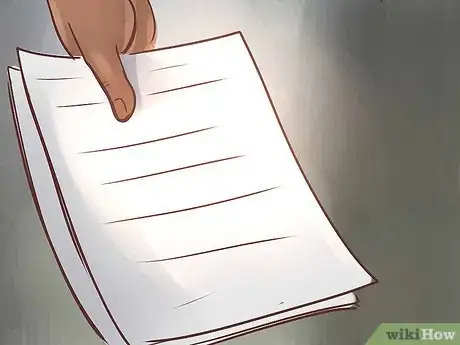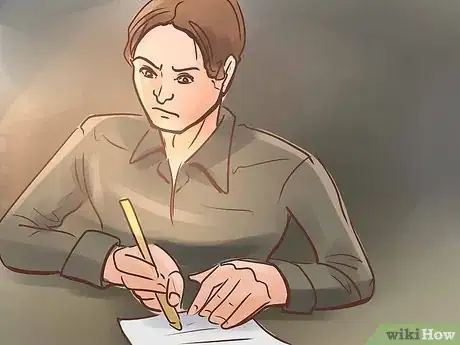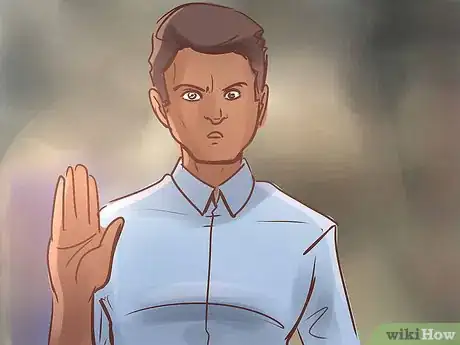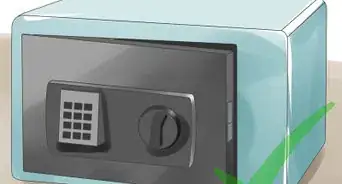This article was co-authored by Clinton M. Sandvick, JD, PhD. Clinton M. Sandvick worked as a civil litigator in California for over 7 years. He received his JD from the University of Wisconsin-Madison in 1998 and his PhD in American History from the University of Oregon in 2013.
There are 12 references cited in this article, which can be found at the bottom of the page.
wikiHow marks an article as reader-approved once it receives enough positive feedback. In this case, 97% of readers who voted found the article helpful, earning it our reader-approved status.
This article has been viewed 80,313 times.
This article is written for persons living in the United States. Powers of Attorney in other jurisdictions do different things and have different rules and requirements. Please make sure you are consulting the laws of your own jurisdiction if you are not living in the United States.
In the United States, with a power of attorney, a person (called the “principal”) names another person to act as their “attorney-in-fact” (or agent). When the power of attorney is activated, the attorney-in-fact can make decisions for the principal. Generally, a power of attorney should be effective as soon as it is signed. However, the principal might have created a “springing” power of attorney that comes into effect only when certain conditions are met. In order to activate the power of attorney, you should read the document and meet with a lawyer.
Steps
Performing a Preliminary Assessment
-
1Find the power of attorney. You need to get out your copy of the signed power of attorney. Go through your papers and try to find it. If you don’t have a copy, then check with the principal or their attorney.
- Some POAs are filed with the property records office in the county where the principal lives. You can also check there.
-
2Identify the type of POA. Generally, a power of attorney terminates when the person becomes incapacitated. For this reason, a “durable” power of attorney was created, which continues in effect after the person becomes incapacitated.
- Read the POA to make sure it is durable. There should be language stating that the POA survives the principal’s incapacity.[1]
- The POA may also be “springing.” This means that it doesn’t become effective (“spring into effect”) until the principal becomes incapacitated.
Advertisement -
3Check how you can activate the POA. Generally, a durable power of attorney should be effective immediately.[2] In this situation, there is nothing to activate. As soon as the durable power of attorney is signed, it is effective.
- However, a springing power of attorney should state how you can activate it. For example, many POAs state that you can activate them when you get the signature of two doctors who certify that the principal cannot make medical decisions .[3]
- Each POA is different. Some springing POAs might require one doctor and one psychologist or clinical social worker to sign off.
-
4Assess the person’s mental abilities. When a person has Alzheimer’s disease, their mental powers slowly decline.[4] For this reason, it might be hard to tell when they are no longer able to make decisions for themselves.
- Generally, merely being old, physically disabled, or eccentric are not sufficient reasons to find the person incapacitated.[5]
-
5Meet with an attorney. It is always helpful to get legal advice, especially when you are trying to decide whether to activate a springing power of attorney. You may also not understand the POA, so you will need a lawyer’s help reading and understanding it. Schedule a meeting to discuss any questions you have.
- The principal with the POA might have a lawyer, but you should try to meet with your own so that you get independent legal advice.
- If you don’t have a lawyer, then you can get a referral by contacting your local or state bar association and asking for the name of an elder law attorney.
Getting Physician Approval to Activate
-
1Schedule an appointment. You should schedule an appointment with one or more doctors, depending on the requirements of the POA. Some POAs actually identify the particular doctor who should assess the principal.[6] Read the POA to find if a specific doctor is identified.
- You should not have a doctor or other professional examine the principal if they are relatives of the principal or are beneficiaries under the principal’s estate.[7]
-
2Take the person to the appointment. The doctor will assess the principal, usually by asking them questions. The doctor tries to assess the person’s judgment, memory, and overall cognitive ability.[8] A doctor will evaluate the following:[9]
- Whether the principal can understand what a doctor is telling them and whether they can understand the consequences of their decisions.
- Whether the principal can process any information presented and make decisions based on this information.
- Whether the principal can communicate clearly. The principal doesn’t need to be able to speak. However, they must be able to communicate in an unambiguous manner, such as through writing or by nodding their head.
-
3Answer the doctor’s questions. The doctor may also want to talk with you as part of the assessment. The purpose is to find out how well the principal communicates.[10] The doctor might also want to talk with other people who see the principal regularly:
- family members
- nursing home staff (if the person lives in a nursing home)
-
4Receive a signed statement from the doctor. After the doctor or other professional decides that the principal is incapacitated, they should sign a statement to that effect. You should attach the statements to the power of attorney.[11]
- If the POA was filed with a county records office, then file the letters with the same office.
Using the Power of Attorney
-
1Read the POA to understand your powers. A POA grants the attorney-in-fact the power to make decisions that the principal used to make. However, the POA can limit your authority.
- For example, health care powers of attorney are often used along with living wills. The living will explains the medical treatment the principal wants when they become incapacitated. For example, they may refuse artificial respiration.[12] The attorney-in-fact must make decisions consistent with living will directives.[13]
- A financial power of attorney might give you power over certain assets, such as bank accounts and stocks. It can also give you power to file the principal’s tax returns.[14] However, you might not have power over all of the principal's assets, such as rental properties.
- Read the POA to see the full extent of your powers.
-
2Check if there is more than one attorney-in-fact. Typically, the POA will name only one attorney-in-fact. However, some POAs actually name more than one. In this situation, you may have to get the permission of the other attorney-in-fact before acting.[15]
- The POA should name all of the attorneys-in-fact. Check the document to see how many have been named.
-
3Present a copy of the POA. When you make decisions on the principal’s behalf, you need to show the third party a copy of the power of attorney. Explain to the person that the POA is in effect and that you are making decisions for the principal.[16]
- For example, you might want to open a bank account for the principal. You should go to the bank and show the teller your copy of the power of attorney.
- Some third parties might hesitate and not honor the power of attorney. In this situation, you should talk to your lawyer.
-
4Sign for the principal. You may have to sign documents on behalf of the principal. If so, then your signature must clearly convey that you are not signing on your own behalf. Instead, you need to state that you are signing on behalf of the principal.
- For example, you should write, “Melissa Smith, by Amber Smith as her Attorney-in-Fact.”[17] In this example, Melissa Smith is the principal who is now incapacitated, and Amber Smith is her attorney-in-fact.
- If Amber simply signed her own name, then she could be legally liable on any contracts.
-
5Swear to an affidavit. When you sign documents for the principal, you may also have to sign an affidavit as the attorney-in-fact. In the affidavit, you swear that you are validly using your powers under the POA.[18]
- It is legal for a third party to require you to sign an affidavit. However, if something looks fishy in the affidavit, then you should show it to your lawyer before signing.
-
6Make sound decisions on the principal’s behalf. The POA grants you broad power and discretion. However, you must use those powers responsibly. If you are the attorney-in-fact for a financial POA, then you must act as a “fiduciary.” This means you make decisions in a careful and fair manner. If you don’t, then you could become legally liable to third parties.[19]
- If you make medical decisions under a medical POA, then you must follow the principal’s directives in a living will. If you are unsure about what the principal would want, then you must make decisions based on the principal’s best interests.[20]
References
- ↑ http://www.tn-elderlaw.com/resources/how-to-use-a-durable-power-of-attorney
- ↑ http://www.elderlawanswers.com/questions-and-answers-about-a-durable-power-of-attorney-3193
- ↑ https://www.verywell.com/activating-a-durable-power-of-attorney-for-healthcare-98226
- ↑ https://www.verywell.com/activating-a-durable-power-of-attorney-for-healthcare-98226
- ↑ https://www.dhs.wisconsin.gov/forms/advdirectives/f00085.pdf
- ↑ https://www.verywell.com/activating-a-durable-power-of-attorney-for-healthcare-98226
- ↑ https://www.dhs.wisconsin.gov/forms/advdirectives/f00085.pdf
- ↑ https://www.verywell.com/activating-a-durable-power-of-attorney-for-healthcare-98226
- ↑ http://www.wvlegalservices.org/medpoa.pdf
- ↑ https://www.verywell.com/activating-a-durable-power-of-attorney-for-healthcare-98226
- ↑ https://www.dhs.wisconsin.gov/forms/advdirectives/f00085.pdf
- ↑ http://info.legalzoom.com/difference-between-living-durable-power-attorney-24672.html
- ↑ http://www.nolo.com/legal-encyclopedia/living-will-power-attorney-medical-issues-29536.html
- ↑ https://www.nolo.com/legal-encyclopedia/durable-financial-power-of-attorney-29936.html
- ↑ http://www.thebody.com/content/art33010.html
- ↑ http://www.tn-elderlaw.com/resources/how-to-use-a-durable-power-of-attorney
- ↑ http://www.tn-elderlaw.com/resources/how-to-use-a-durable-power-of-attorney
- ↑ http://www.tn-elderlaw.com/resources/how-to-use-a-durable-power-of-attorney
- ↑ http://www.tn-elderlaw.com/resources/how-to-use-a-durable-power-of-attorney
- ↑ https://www.dhs.wisconsin.gov/forms/advdirectives/f00085.pdf
About This Article
Activating a power of attorney for someone with Alzheimer’s can be stressful, but it's usually a straightforward process. Most power of attorney contracts in the U.S. will be effective as soon as the person is unable to make their own decisions. However, you'll need a signed statement from a doctor to prove this. If you’re unsure about the conditions of your power of attorney, check the contract you signed. Some contracts require that both a doctor and a psychologist sign a statement. Depending on the conditions of the contract, schedule an appointment with one or more doctors. They will then assess the patient to make sure they are unable to make decisions for themselves. Once they sign the statement to confirm this, you can use your power of attorney to make decisions for the person. For more tips from our Legal co-author, including how to swear an affidavit when signing documents with power of attorney, read on.
